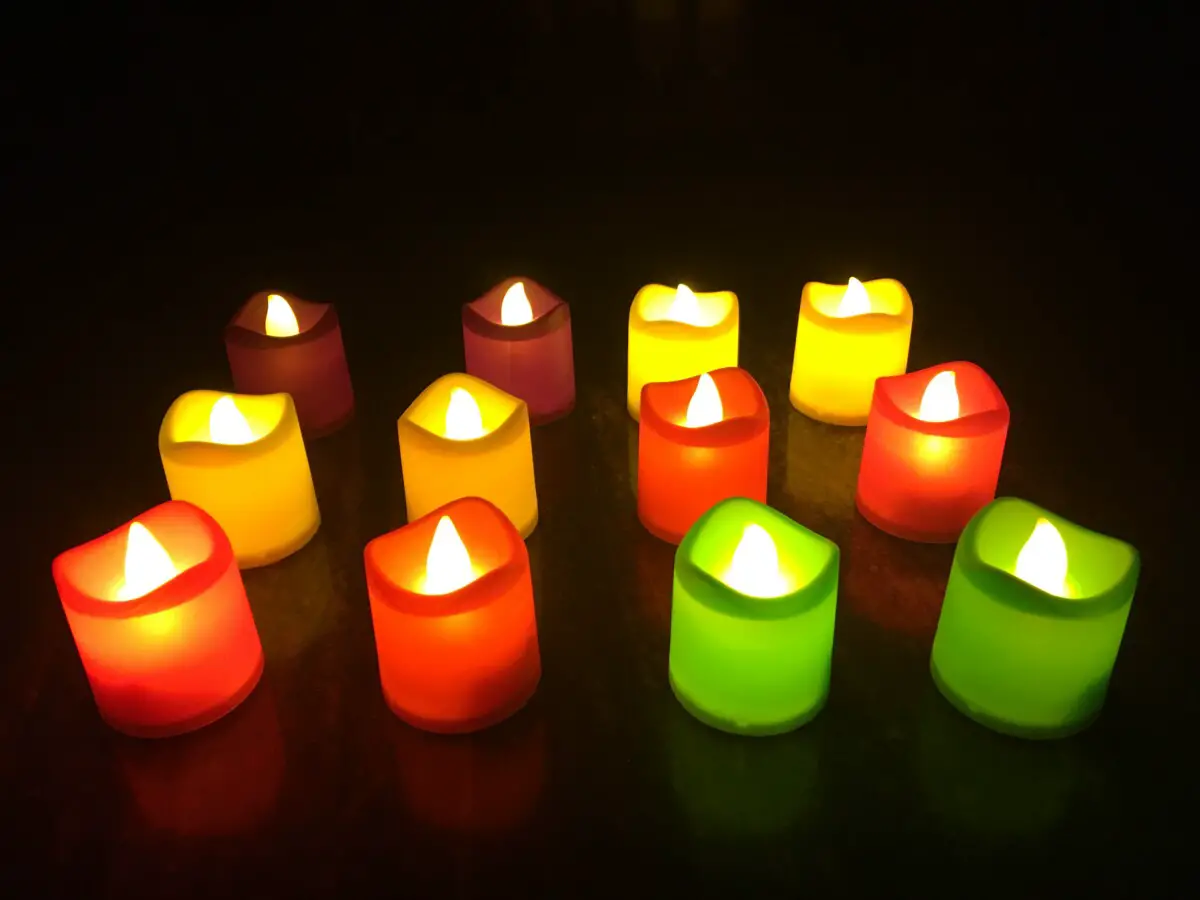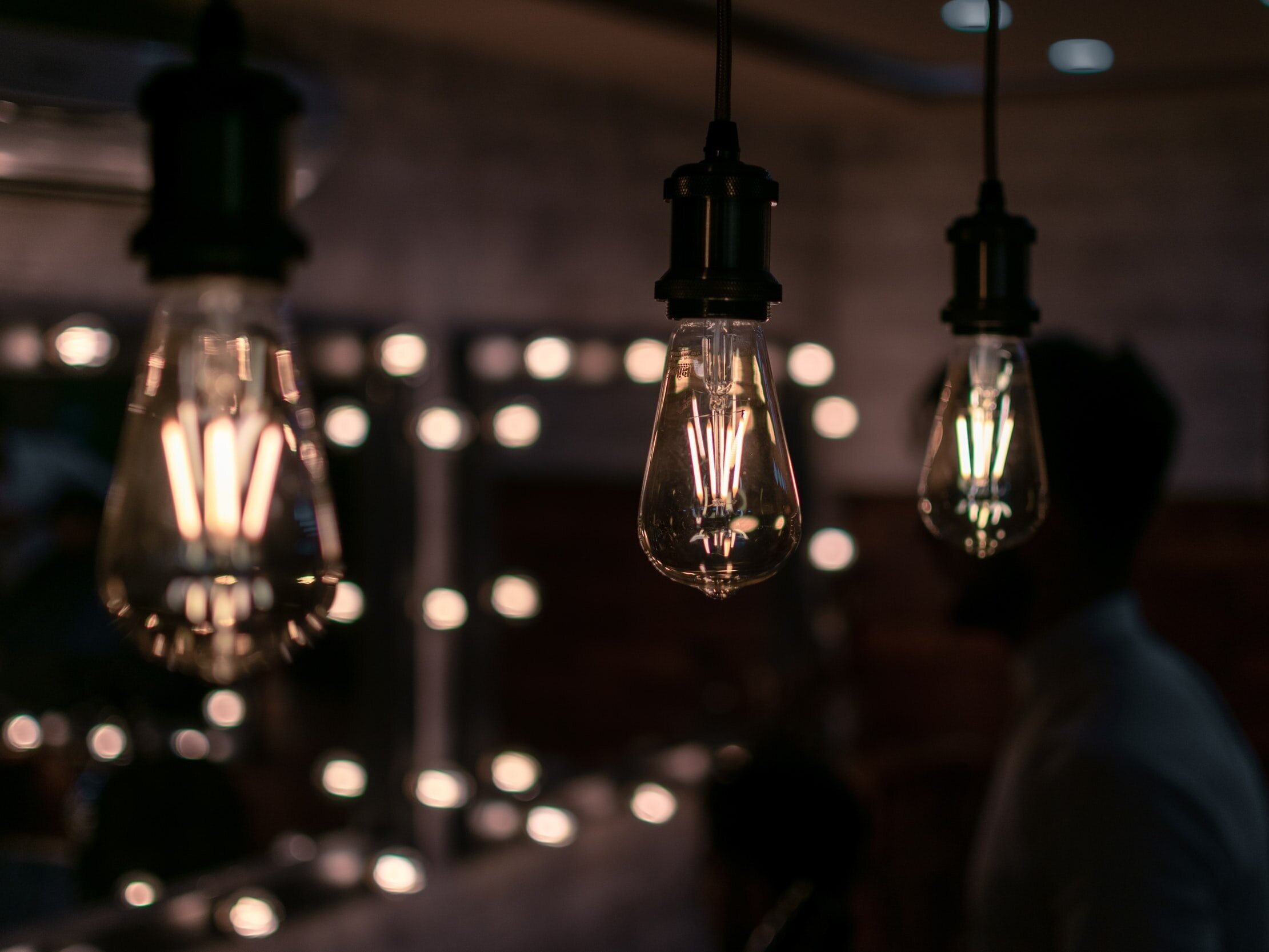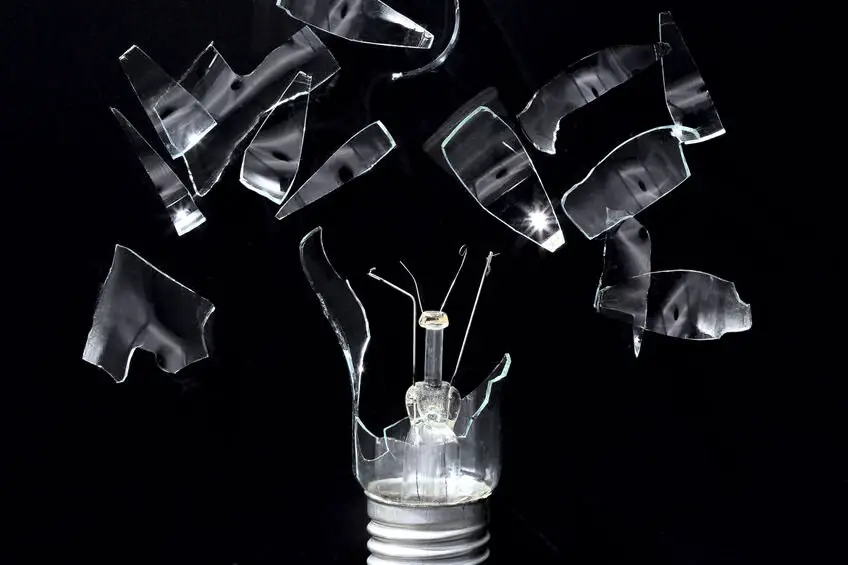LED vs Halogen Light Bulb Analysis
When deciding between these two different bulbs there are a plethora of different factors to consider. Here we will do an in-depth comparison between the LED bulb and the halogen bulb in order to determine which one is better to use depending on what qualities you are looking for.
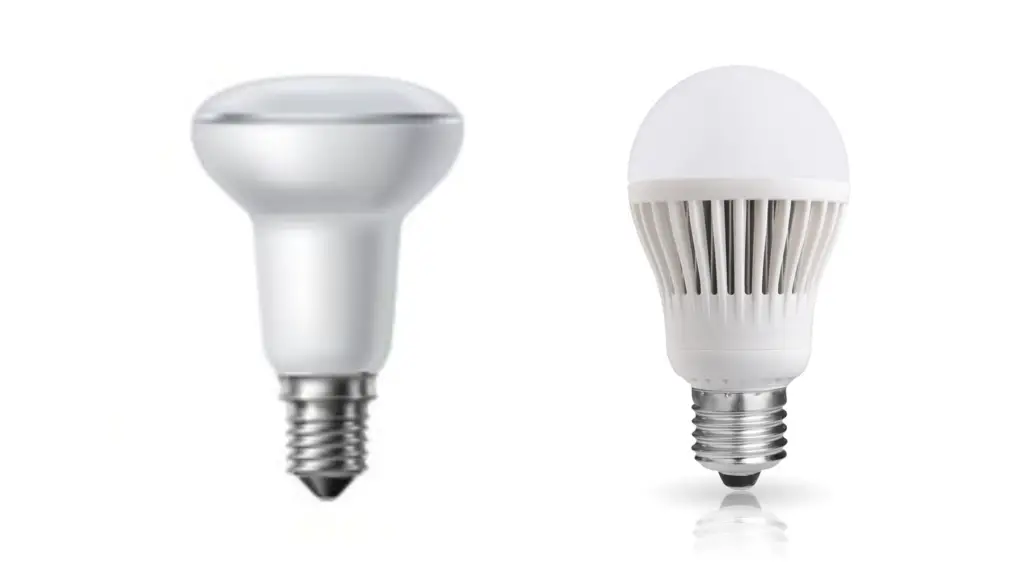
Contents
Bulb Qualities
In the following points, we will compare the bulbs by their different properties in terms of light quality and their differences in the way they function.
Colour Rendering
Colour rendering is something that is measured on a scale of 1-100 in CRI (Colour Rendering Index). This is an index that describes how naturally a light source gives off light in comparison to a blackbody radiator.
A blackbody radiator is simply a light source that produces light via some sort of burning or excessive heat generation. This is the case for a few common light sources such as the sun and the incandescent bulb, which is why these light sources have a CRI rating of 100.
In this scale, a CRI of 1 means that the light the specified light source outputs is not natural at all whereas a CRI score of 100 means that it perfectly reflects colours just like the sun would. Click here for a more detailed explanation of the CRI measuring system.

The halogen bulb has a CRI rating of 100. This is because it follows the same curve as a blackbody radiator does, such as the sun.
It manages this because it is built upon the same light-generating principle of both the sun and the incandescent lamps, which are both light sources with a CRI of 100.
The reason why their curves don’t look the exact same in the image is that the spectral curve of daylight changes throughout the course of a day.
In fact its curve will look much like the halogen curve at dusk and dawn, which is also a more accurate representation of the blackbody spectral curve.
The CRI of an LED however can vary quite a bit. Since the LED light is purely artificially based it doesn’t naturally resemble the blackbody curve at all. We have however found ways to modify the curve to make it resemble sunlight rather well.

For most modern LEDs the CRI score ranges somewhere between 80-99. This range is due to the fact that LEDs vary in quality based on the individual LED chips themselves but also the quality of the phosphor compound that is added to them.
This also means that there are very high-quality LEDs which will have a CRI which goes well above 90 and even up to 99. With the current technology available we have yet to create a LED with a CRI score of 100 but it is suspected to become a reality within the near future.
If colour rendering is of a high priority then the halogen bulb is definitely a better option than the LED since they have a consistent CRI of 100 no matter what. However, the LED can still achieve CRI ratings well over 90 which still makes it a viable option.
Lifespan
The lifespan of a halogen bulb is around 2000-5000 hours. After the listed time the glowing tungsten thread will have reached the end of its life and will snap, causing the bulb to stop functioning.
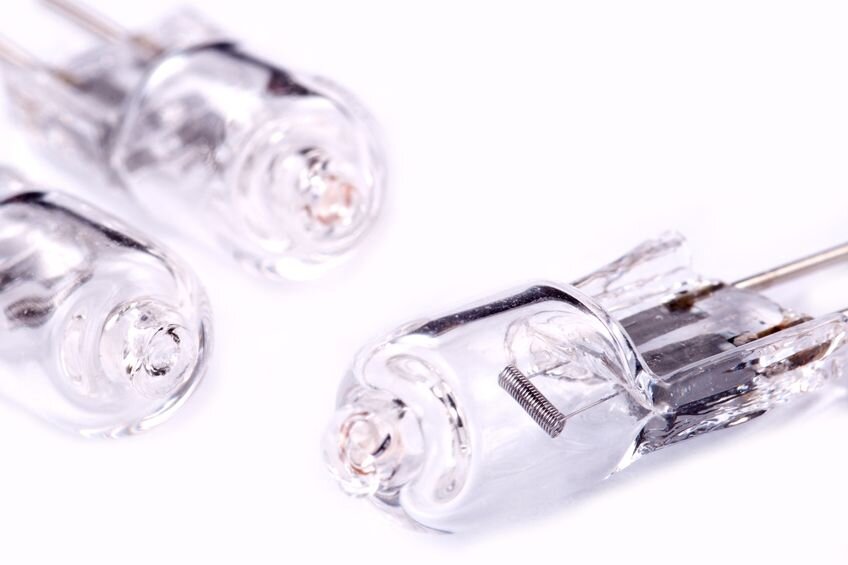
The LED bulbs have a much longer lifetime of 25 000-50 000 hours, and sometimes even 100 000 hours with the most modern bulbs.
Generally speaking, the LED bulb will last at least 10-20 times longer than the halogen bulb due to the fact that it takes a long time for LEDs to go out.
In fact, they actually don’t go out at all, for the most part, instead, they gradually lose brightness until they eventually fade. For a more in-depth explanation of the LEDs lifespan, we recommend that you go here.
Colour Temperature
A light source’s colour temperature refers to how warm or cool the given light it emits. This is measured in Kelvin (K) where normal ranges are around 1000-10 000K.
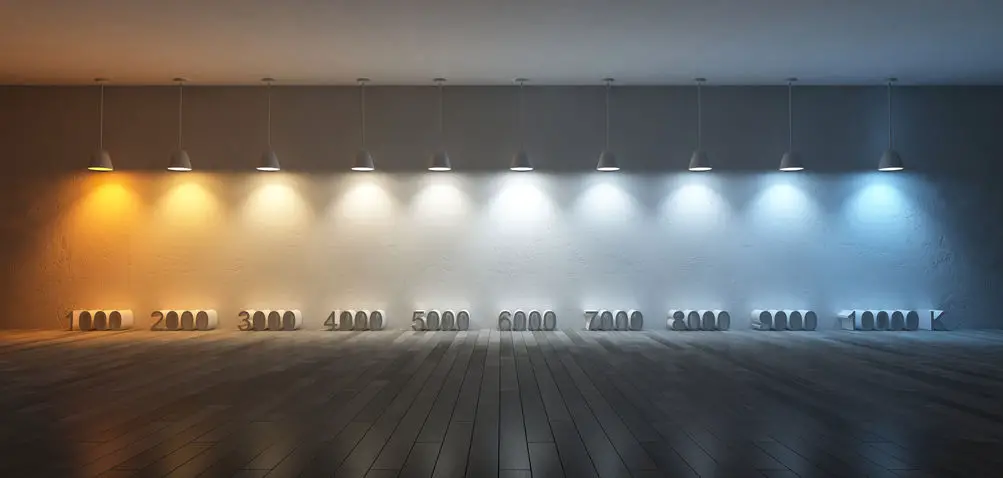
The colour temperature of a halogen bulb is around 3000-3400K, depending on how much it’s dimmed. When running at full power it will have a temperature in the 3400K range whereas if it’s dimmed low it will have a colour temperature closer to 3000K.
The range of colour temperatures for LEDs is much broader than that of the halogen bulb. The LED can have a colour temperature ranging anywhere between 2200-22 000 K. However they are most commonly made to have colour temperatures around 3000-6500K.
With more recent technologies there are LEDs that also have the ability to change their outputted colour temperature. This is a functionality called “tunable white“ which you can read about further here.
Colour temperature isn’t usually important functionality-wise for any lighting but is rather chosen to achieve some sort of effect. A warmer light of 2700K is more suitable for home environments whereas a cooler light of around 4000-6000K works well in an office setting.

In this regard, the LED is much more versatile than the halogen in terms of what effects you can achieve as it comes in a broader variety of colour temperatures. This can in turn cause this to become a situational question as these bulbs fit best for different environments.
In a lot of scenarios, the halogen bulb will work absolutely fine since temperatures of 3000-3400K are warm enough to be experienced as cozy while still being cool enough to enhance focus for working purposes.
That being said the LED is still more versatile as it can have a specific colour temperature for its specific intended purpose. Choosing between these two in this regard is mostly a question about figuring out which one will fulfil its intended purpose the best.
Heat Emission
Another thing to consider when comparing these bulbs is how much heat they emit. In most cases, this isn’t very relevant, but for cases where you want to use bulbs for more delicate applications such as grow lights, it can be important.
The halogen bulb has a very high running temperature due to the way it is constructed. It runs at temperatures around 2500-2700 °C (4600-4892 °F) inside of the tungsten filament whereas the glass bulb keeps a temperature of around 260 °C (500 °F).
This causes the halogen bulb to have a light efficiency of about 10-20% whereas the other 80%-90% of energy is converted into heat
The LED on the other hand emits far less heat due to the fact that it doesn’t make use of any heat generation principles in order to create light. As for the LED heat is a byproduct of light whereas for the halogen bulb light is a byproduct of heat.
The LED will run at different temperatures depending on how good its cooling system is and where it is being used as the ambient temperature matters. The range for the LEDs running temperatures is around 20-80 °C (68-140°F).
This causes the LED to have a light efficiency of about 80% whereas the other 20% of energy gets converted to heat.
For a further comparison in heat emission between these bulbs and several more we encourage you to go here.
Wattage
Both of these bulbs come in several different wattages which all give off different amounts of light. Down below is a chart of how many watts the halogen bulb and the LED bulb need to be marked as in order to achieve the same light levels as a standard incandescent bulb.
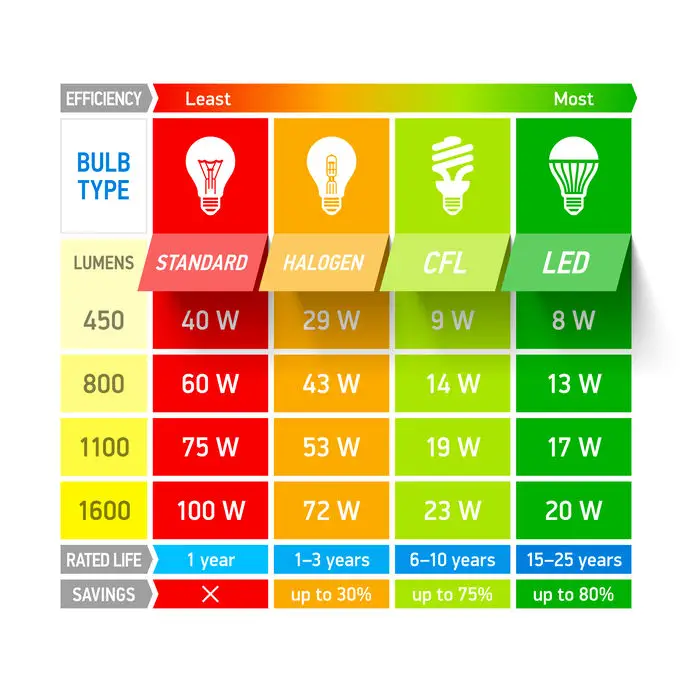
Since both of these bulbs use less energy than the regular incandescent bulb you can safely change out any incandescent bulbs to one with an equivalent light output to the preexisting bulb.
As for which one you should choose for this regard it doesn’t matter much as long as you stay with bulbs in the same lumen range.
Energy Efficiency
When discussing the energy efficiency of different light bulbs it is usually discussed in Lumen/Watt (lm/W).
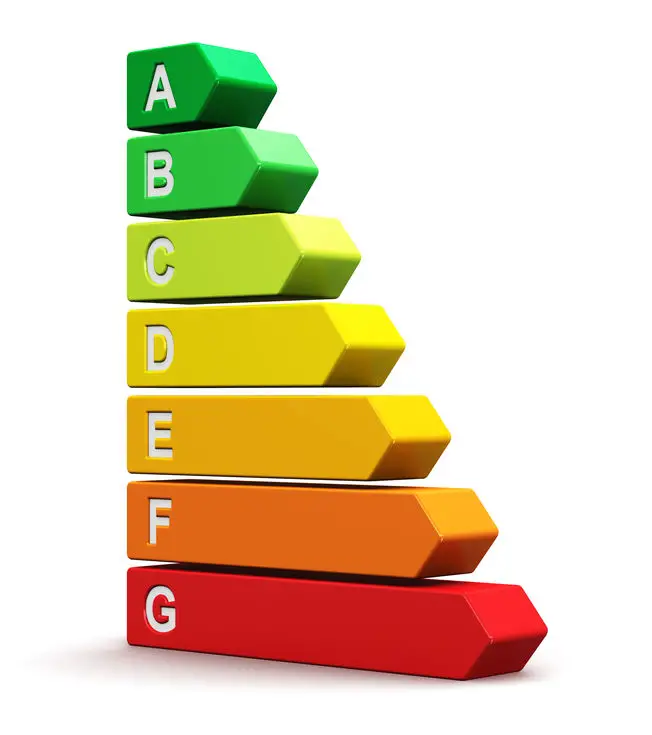
Lm/W describes how much light a particular light source produces (Lumen) compared to the amount of power (Watt) it consumes to do so. This is also known as the “luminous efficacy” of any particular bulb.
The luminous efficacy of the halogen bulb is around 20-36 lm/W whereas the LED bulb has a luminous efficacy of around 60-100 lm/W.
Other forms of LEDs such as a ceiling panel can reach efficiencies of up to 200 lm/W due to them having better heat management than an LED bulb does.
In terms of energy efficiency LED is clearly superior as it simply produces much more light than a halogen bulb with far less energy used.
Economical Aspects
In the following points, we will go over the economical aspects of buying and operating these bulbs and compare them based on those numbers.
Purchasing Cost
The first thing to look at in terms of the economy of these bulbs is simply the cost of purchasing them.
The average halogen bulb costs around $1-3 whereas the average standard LED bulb costs around $3-5, causing the LED to be around twice as expensive on average upon purchase.
There are however smart LED bulbs with extra functionalities such as wireless RGB or Tunable white which can bring the cost up to around $15-40, depending on the quality of the bulb.
However, in those scenarios you are mostly paying for the experience of the light and not the actual light production in itself, meaning that you very rarely need to pay that much for an LED bulb.
Upkeep
In order to compare these bulbs by how much their upkeep cost it is necessary to set a few baseline numbers. These numbers are all taken from previous points and are compiled into this chart, with the incandescent bulb listed as a common baseline.
| LED | Halogen | Incandescent | |
|---|---|---|---|
| Light bulb projected lifespan | 25,000 hours | 5000 hours | 1000 hours |
| Watts per bulb (equiv. 60 watts) | 13W | 43W | 60W |
| Cost per bulb | $5 | $2 | $1 |
| kWh of electricity used over 100,000 hours | ~1300 kWh | ~4300 kWh | ~6000 kWh |
| Cost of electricity (@ 0.10 per KWh) | $130 | $430 | $600 |
| Bulbs needed for 100 000 hours of use | 4 | 20 | 100 |
| Total cost for 100 000 hours | $150 | $470 | $700 |
When compared side by side it is clear that the LED is the superior option when it comes to the sheer running costs of these bulbs. This chart also only describes a comparison between a single bulb of each kind, meaning that the effect adds up the more LED bulbs you use.
This also doesn’t factor in the fact that these bulbs will need to be replaced in this 100 000 hour span. If you use halogen bulbs over LED bulbs you need to change them out 5x as many times.
While this is manageable for a set of a few bulbs it would be a labouring task if you have hundreds of them installed. When scaling this hypothetical up it also raises a question about changing these bulbs yourself or hiring someone to do it.
If you were to bring someone in to do it you would be paying considerably more on changing halogen bulbs at a frequent rate than you would be having LEDs which last for at least 5 times as long.
Sustainability
In the following points, we will go over a few points regarding the sustainability of these bulbs and their individual impacts on the environment.
Materials
As for the materials used for these bulbs, there are a few fundamental differences between their construction.
One difference is the bulb construction in itself. The bases are similar as they need to fit into the same socket but the actual bulb part is usually different.
In most cases, the bulb of an LED will be made out of plastic whereas the halogen will have a bulb made out of glass, for the simple reason that glass tolerates more heat than plastic.
When it comes to the light-generating parts of the bulb they are very different due to the fact that they generate light in very different ways. The main components to look at here is the tungsten used for halogen bulbs and the phosphor used for LED bulbs.
The main issue with both of these materials is that they are not renewable and will eventually run out. This is an issue already being discussed when talking about both of these materials since some scientists are already predicting when they will be depleted.

As for the phosphorus the LED uses it is currently predicted to run out within the next 50-100 years at the current rate of consumption.
This is however mostly due to the excessive use of it within cultivation, which has since been projected to decrease in time coming.
At this moment in time, it is still uncertain exactly how urgent the phosphorus situation actually is but it is definitely something to keep an eye on in terms of sustainability.
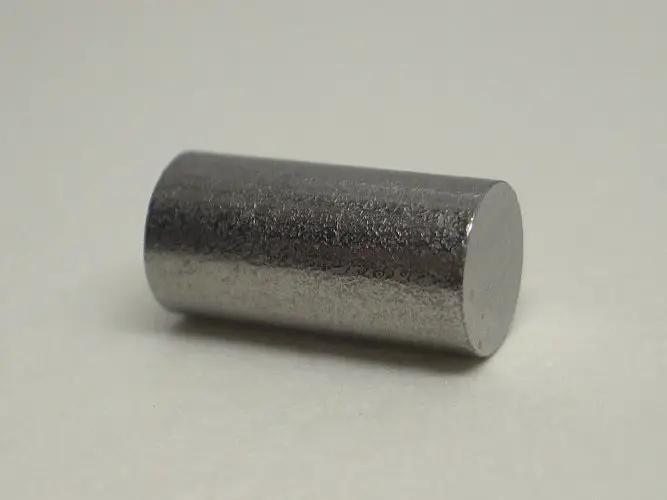
There is not however as much of a similar concern when it comes to the tungsten used for halogen bulbs.
While they are also a nonrenewable material there is still a much larger quantity of it around than there is phosphorus. Click here to find out why tungsten is the material of choice for traditional light bulbs.
Energy Efficiency
As previously established the LED bulb is much more energy efficient than the halogen bulb as it uses about 3 times less energy to create the same amount of light.
This causes the LED to be a much more sustainable lighting solution in terms of energy used as it simply gives a better return on light compared to the energy used.
Disposal/Recycling
As for disposing and recycling these bulbs, they go through a similar process even though the halogen bulb is slightly easier to dispose of than the LED.

This is mostly because the halogen gas inside of them is rather hard to recycle, making it common practice to simply throw them in the regular trash.
It is always a good idea to check with your local recycling centre if there are any specific rules, regulations or policies for disposing of halogen bulbs.
As for LEDs, the process is rather similar. LEDs bulbs contain certain hazardous materials which are also hard to recycle such as arsenic and lead which makes them also end up in the regular trash.
Ideally, you should check with your local recycling centre and ask how LED bulbs should be recycled as well.
This process is something that needs to be improved upon since these materials need to be taken care of better. It is also important since the phosphor used in LEDs can be reused in new LED instalments, making it into a priority that we figure out a good system to recycle the material.
Summary
In the vast majority of scenarios, an LED will almost always be the better choice than a halogen bulb. Not only are LEDs better for the environment for several different reasons but they also provide the easiest maintenance.
That being said there are still situations where a halogen bulb will still be a perfectly valid option to go with, which depends entirely on what the bulb’s intended purpose is.
However, in most scenarios, it is difficult to go wrong with an LED bulb. As long as you make sure the parameters such as lumen output and colour temperatures are the ones you look for before purchasing the bulb you will most likely be rather satisfied.

